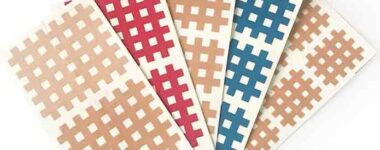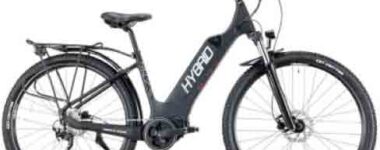Latest News
Share this post:
Packed efficiently, a backpack can swallow an amazing array of gear. But what goes where? There’s no one right way to pack. Lay out all your gear at home and try out different loading routines until you’ve found what works best for you. Use a backpacking checklist to ensure you have everything and make notes on your list about what worked well (or poorly) after each trip.
Packing can be broken down into three zones, plus peripheral storage:
-
-
-
-
- Bottom zone: Good for bulky gear and items not needed until camp.
- Core zone: Good for your denser, heavier items.
- Top zone: Good for bulkier essentials you might need on the trail.
- Accessory pockets: Good for essentials you’ll need urgently or often.
- Tool loops and lash-on points: Good for oversized or overly long items.
-
-
-
Visualise stacking firewood. You’re laying down rows, not building columns: Fill nooks and crannies until you have a solid, stable load—and be sure weight is equally balanced on each side. Tighten compression straps to streamline your load and prevent it from shifting as you hike.
Bottom-of-Pack Items
detail of the bottom part of a backpack
Bulky items you won’t need before making camp include:
-
-
-
-
- Sleeping bag (many packs have a bottom compartment sized for one)
- Sleeping pad (especially if it rolls into a tiny shape)
- Any layers, like long underwear, that you plan to sleep in
- Camp shoes or down booties
-
-
-
Packing this kind of soft, squishy gear at the bottom also creates a kind of internal shock-absorption system for your back and your pack.
Core-of-Pack Items
Heavy, dense gear you won’t need to access during your hike includes:
-
-
-
-
- Food stash (entrees, not snacks)
- Cook kit
- Stove
- Water reservoir (unless you prefer bottles for hydration)
-
-
-
Packing heavy items here helps create a stable centre of gravity and directs the load downward rather than backward. Placed too low, heavy gear causes a pack to sag; placed too high, it makes a pack feel tippy.
Carrying liquid fuel? Make sure your fuel-bottle cap is tight. Pack the bottle upright and place it below (separated from) your food in case of a spill.
Consider wrapping soft items around bulky gear to prevent shifting. Use these soft items to fill in gaps and create a buffer between bulky items and a water reservoir:
-
-
-
-
- Tent body
- Tent floor (if separate)
- Rainfly
- Extra clothing
-
-
-
Tip: Trying to slip a full reservoir into a full pack won’t be easy. Even if it has a separate compartment, it’s best to fill the reservoir and put it in your pack first.
Top-of-Pack Items
Bulky trail essentials work well here:
-
-
-
-
- Insulated jacket
- Fleece jacket and pants
- Rain jacket
- First-aid kit
- Water filter or purifier
- Toilet supplies (trowel, TP, used TP bag)
-
-
-
Some people also like to stash their tent at the top of the pack for fast access if stormy weather moves in before they’ve set up camp.
Accessory Pockets
backpacker showing the side pocket of a backpack
Packs differ in what they provide—lid pockets, front pockets, side pockets and hip belt pockets. Some pockets even have a lot of smaller pockets inside. All of these options help you organise smaller essentials:
-
-
-
-
- Map
- Compass
- GPS
- Sunglasses
- Sunscreen
- Lip balm
- Headlamp
- Insect spray
- Snacks
- Water bottles
- Raincover
- Car keys (look for a clip inside one of the pockets)
- ID and cash stash
-
-
-
Tool Loops and Lash-On Points
Some of the most common gear to strap on the outside of your pack includes:
-
-
-
-
- Walking poles
- Tent poles
- Large sleeping pad
- Camp stool or chair
- Ice axe
- Crampons
- Climbing rope
-
-
-
Many packs have special tool loops, fasteners or other storage solutions for some of this gear. Daisy chains, lash patches and compression straps can also be used to wrangle gear that simply can’t be carried in any other place.
However, because this gear can snag on branches or scrape against rocks, you should minimise how many items you carry on the outside of your pack.


 Collecting and Propagating Seeds
Collecting and Propagating Seeds China on a Plate: The Flavours of a Nation (with a Spotlight on Sichuan)
China on a Plate: The Flavours of a Nation (with a Spotlight on Sichuan) Kinesiology Cross Patches
Kinesiology Cross Patches Camaraderie On a Walking Tour…
Camaraderie On a Walking Tour… How E-Biking Has Transformed Biking Tours
How E-Biking Has Transformed Biking Tours








